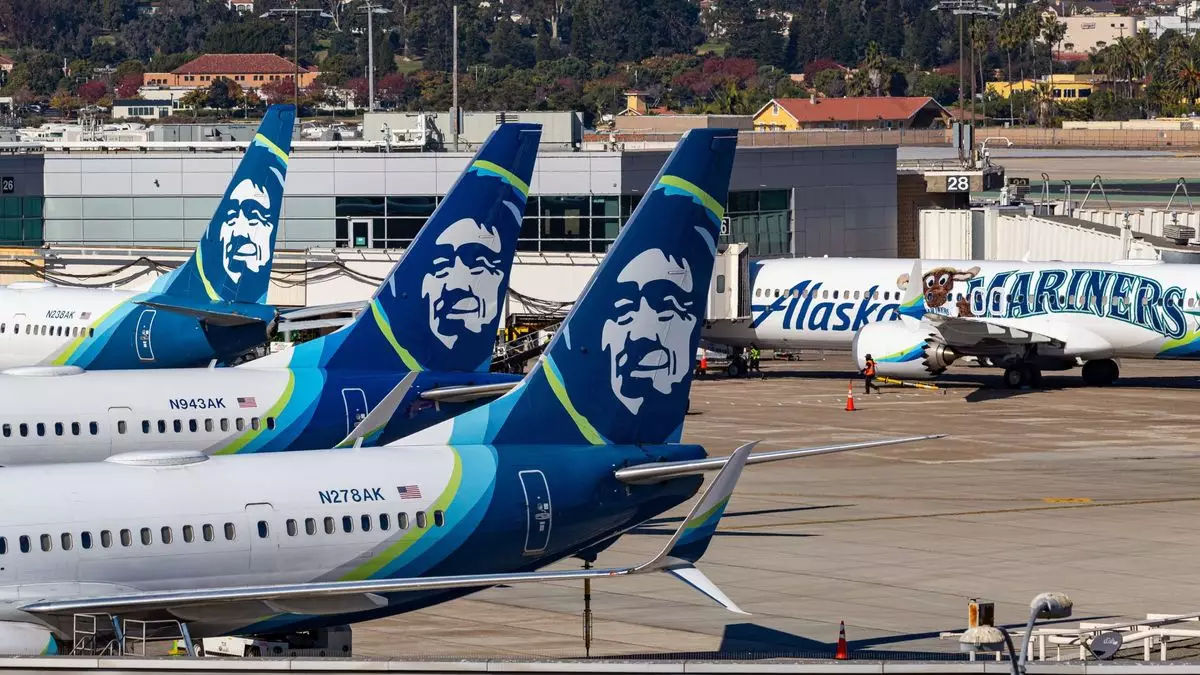Alaska Airlines is making a calculated and ambitious push into the California regional market, poised to reshape travel options at key airports like Hollywood Burbank. Their recent announcement to launch year-round, daily routes from Burbank to Eugene, Redmond/Bend, and Pasco demonstrates a clear intent to fill the void left by Avelo Airlines. Alaska’s entry isn’t just about adding more flights; it’s about asserting dominance with a strategic advantage—existing infrastructure, operational expertise, and brand recognition. The choice of Embraer E175 regional jets further underscores their focus on regional connectivity, efficiency, and comfort, appealing to both leisure travelers and local business communities. Alaska’s move is a testament to their confidence that premium service combined with strategic route planning can outshine discount newcomers.
Exploiting Market Gaps and Timing Advantages
The timing of Alaska’s announcement gives them a significant leg-up over competitors like Breeze, which is planning to introduce its services several months later. While Breeze aims to carve out a foothold with routes to Eugene, Pasco, and Bend as well, Alaska is already operational, creating a perceptible lead in establishing consumer loyalty. This early move positions Alaska as the dominant carrier in the region, potentially capturing Avelo’s fractured customer base before Breeze can even begin competing effectively. Moreover, Alaska’s expansion to other California airports—Ontario, Orange County, Santa Rosa, and San Diego—cements their regional dominance, creating a network that offers travelers seamless connectivity across the northwest and southern California.
Implications for Consumer Choice and Market Dynamics
Alaska’s aggressive expansion signals a shift towards more robust, full-service regional options in a market long dominated by discounters and seasonal carriers. By becoming the sole provider on certain routes—such as Ontario to Boise and San Diego to Sun Valley—Alaska is positioning itself as the standard-bearer for consistent, reliable service in these corridors. This move threatens to diminish the dominance of seasonal or budget carriers like Allegiant and Avelo, which could struggle to compete with Alaska’s year-round operations and broader route network. For consumers, this means more dependable schedules, better service quality, and potentially lower prices due to increased competition among major carriers.
Looking Forward: The Future of Regional Air Travel in California
Alaska’s calculated expansion reveals a broader strategy to redefine regional air travel in California and the Northwest. Their move could catalyze a new era where established airlines reclaim ground lost to low-cost carriers by emphasizing quality, frequency, and network connectivity. While Breeze’s entry might add some competition, Alaska’s existing presence and strategic timing give it a decisive edge. The broader implications suggest a more consolidated, resilient regional network where legacy carriers are better positioned to compete, ultimately benefiting travelers through improved routes, schedules, and service standards. Alaska’s latest moves are not just about route additions but about setting a new standard for regional air service—one that leans into reliability, frequency, and strategic dominance.

